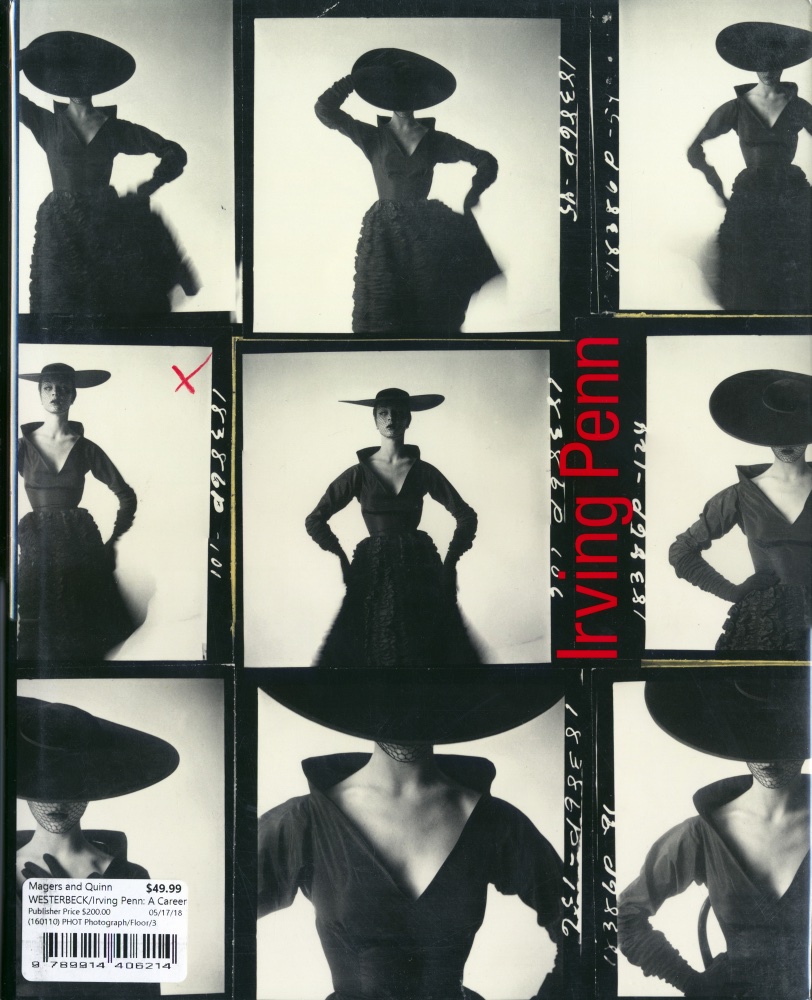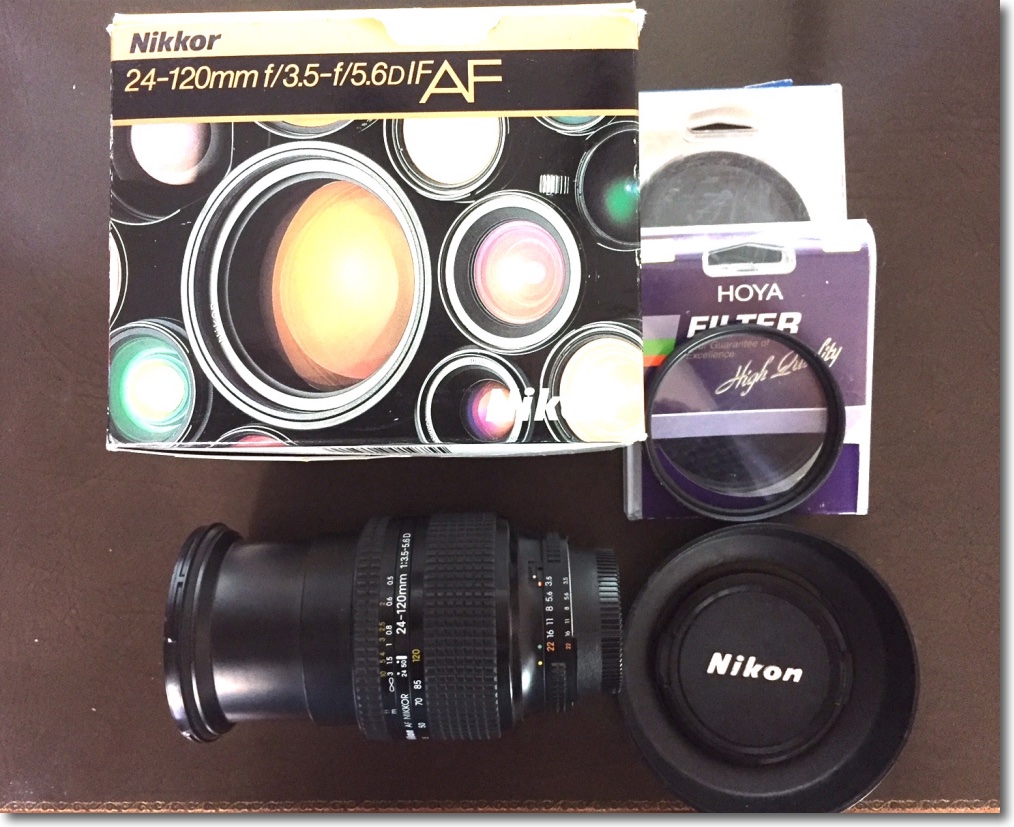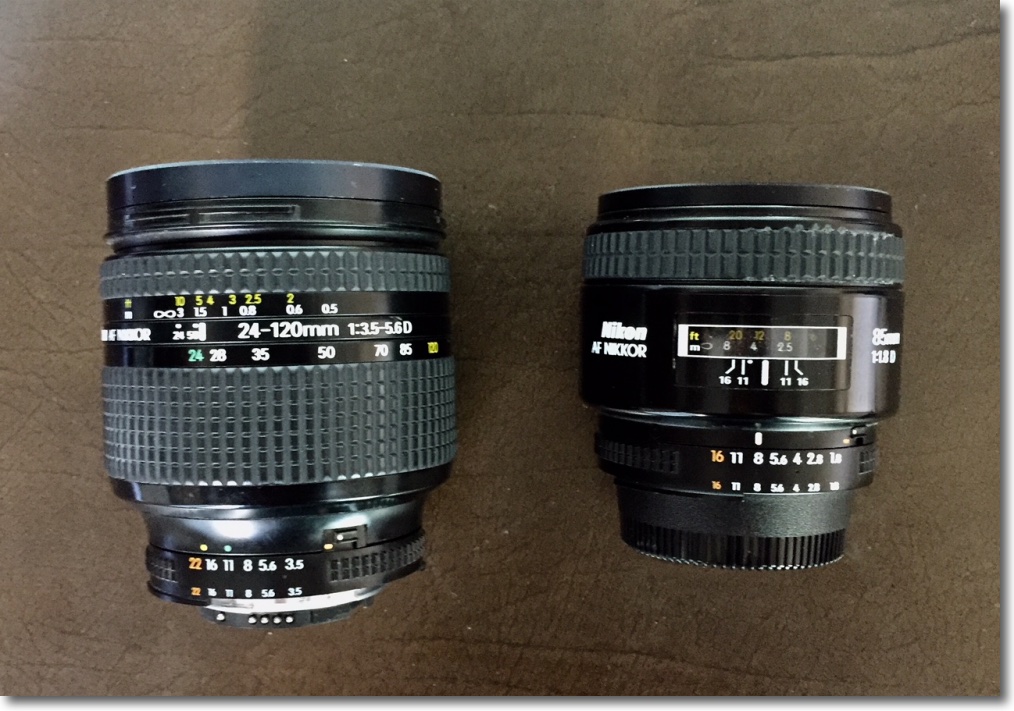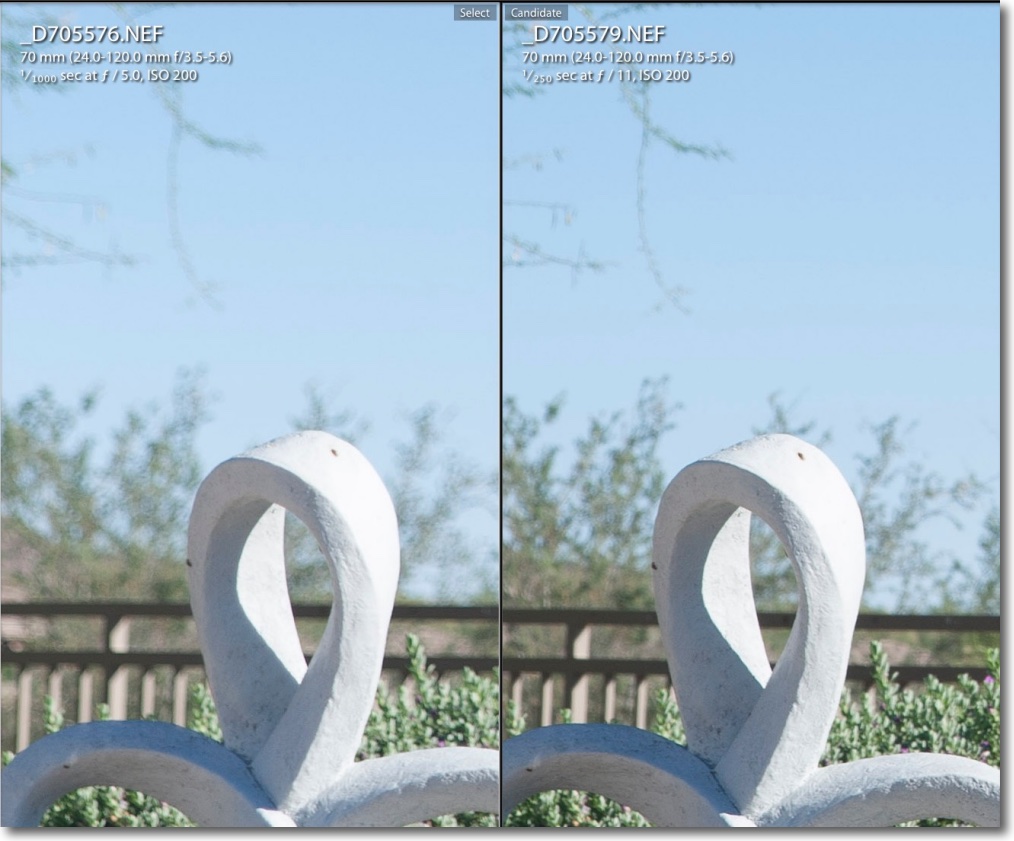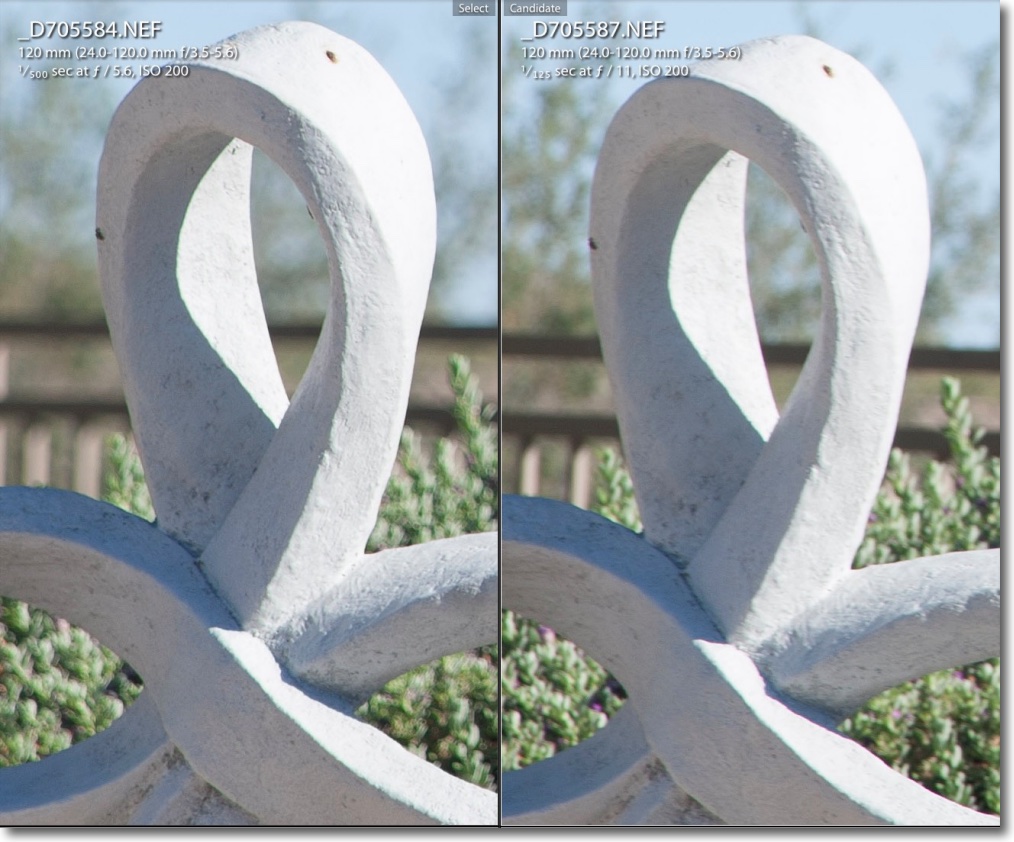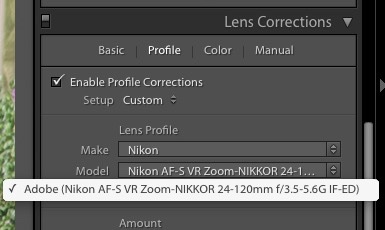The master of surrealism.
There is no rule, when it comes to painters and photographers, as to when you do your best work.
One school of thought has it that you peak in your twenties, all sturm und drang, ready to fight the world and its evils. Another has it that you age like fine wine, the greatest work done before the Grim Reaper drops by.
There are no rules. No generalizations.
Take Raphael (dead at 37, too much partying). In that short span he never created anything less than perfect. Or Caravaggio (39 – whoring, boozing, fighting), each of whose handful of canvases was perfection itself. And Modigliani (36, general excess and illness), every work just so.
Then, at the GR end of the spectrum, you have Monet (86) who only every got better as a visit to L’Orangerie in the Tuileries Gardens of Paris confirms, your head spinning, those ephemeral water lilies all around. Or Leonardo (67), his head bursting with ideas and creating great art to the very end. Or Picasso, whose frenetic output ceased on his death at 92.
There are no rules. No generalizations.
Henri Cartier-Bresson was the man who made me a follower of photography, at an age when I could not even afford a camera. This master lived a very long life yet gave up photography in late middle age. As the remainder of this piece shows, there’s an argument to be made that he in fact had said most of what he wanted by 1939, aged just 31.
The Kensington Public Library, not far from my parents’ London home, had a fine collection of photography books – meaning books of pictures, not of gear usage – and the Dewey system being what it is one book in the 770 section was the first to catch my eye. That book contained HC-B’s early work, and by ‘early’ I mean images made before June 1940 when the Germans captured him and locked him up. I must have been about 11 at the time and was reasonably well schooled in the Impressionists with a smattering of the High Renaissance thrown in for classicism’s sake. And I had never seen anything like it before. The work was astonishing and I knew then and there that I wanted to take pictures like that.
HC-B had studied painting under André Lhote and the cubism touted by his teacher immediately translated into surrealism in his photographic work, started in 1929.
HC-B was 21 years old and he emerged fully formed. His images from the next decade redefined photography as we know it.
All images are © Magnum Photos.
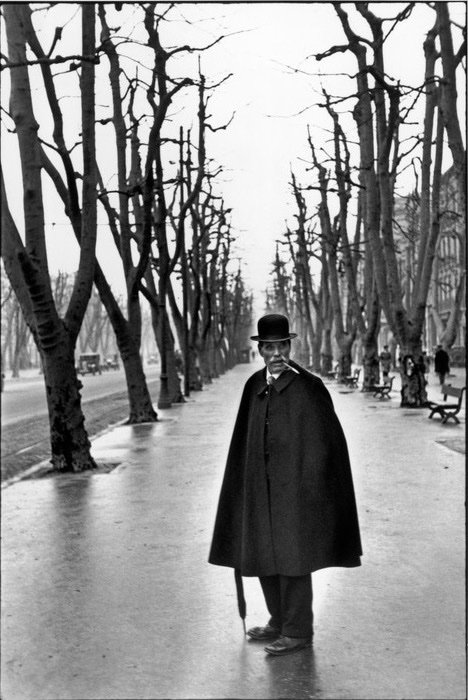
Marseille, 1932.
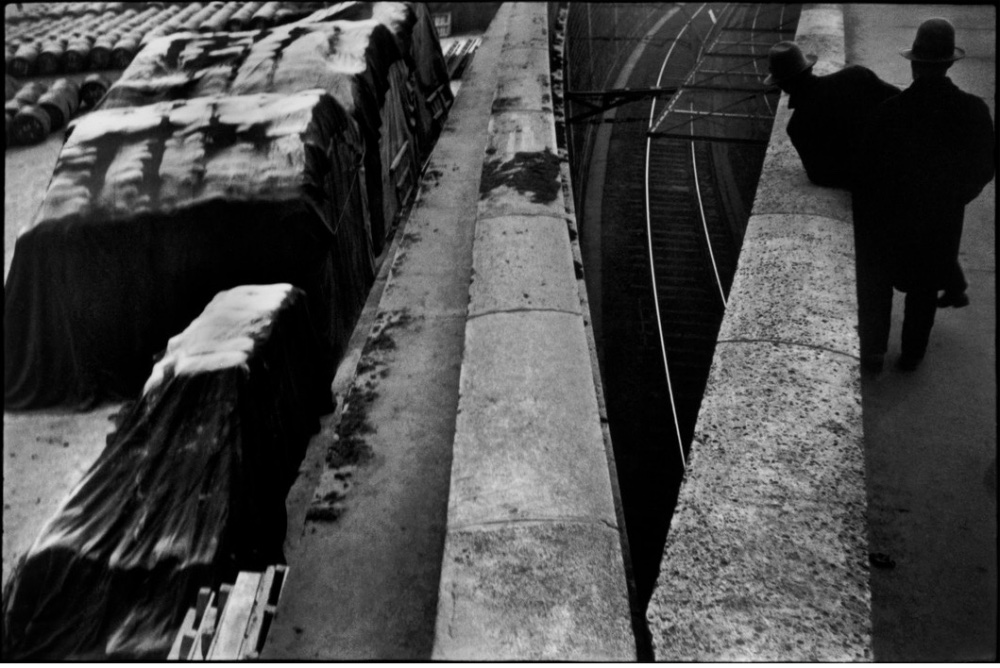
The Quai St. Bernard, Paris, 1932.
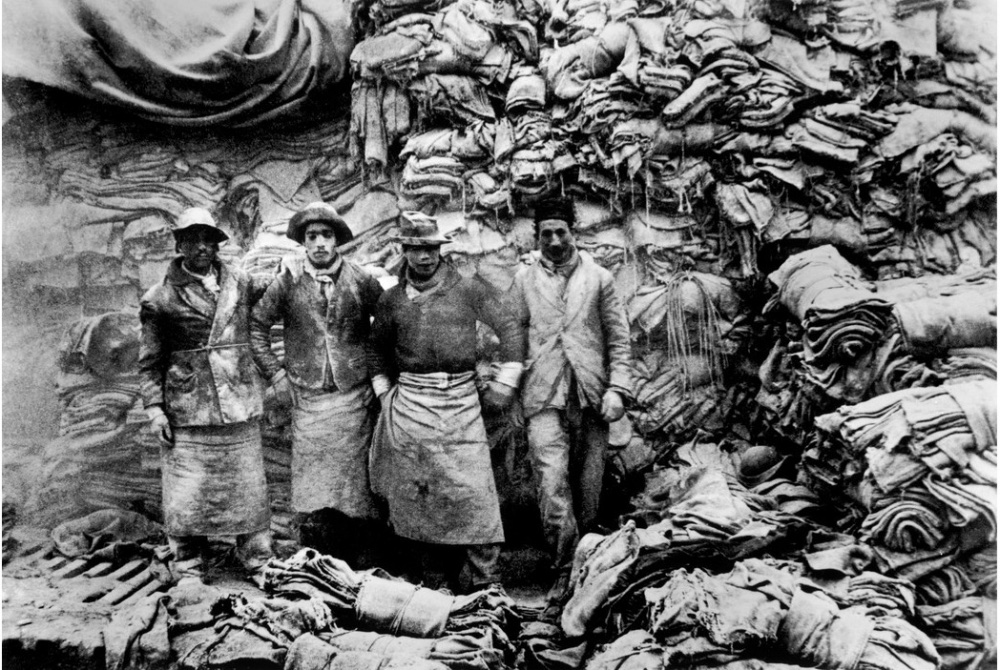
Plasterers, Paris, 1932. How on earth do you improve on this?
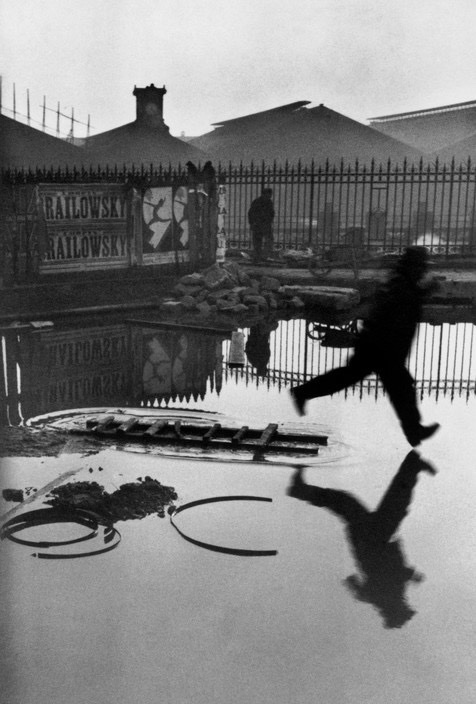
Behind the Gare St. Lazare, 1932. A symphony in monochrome.
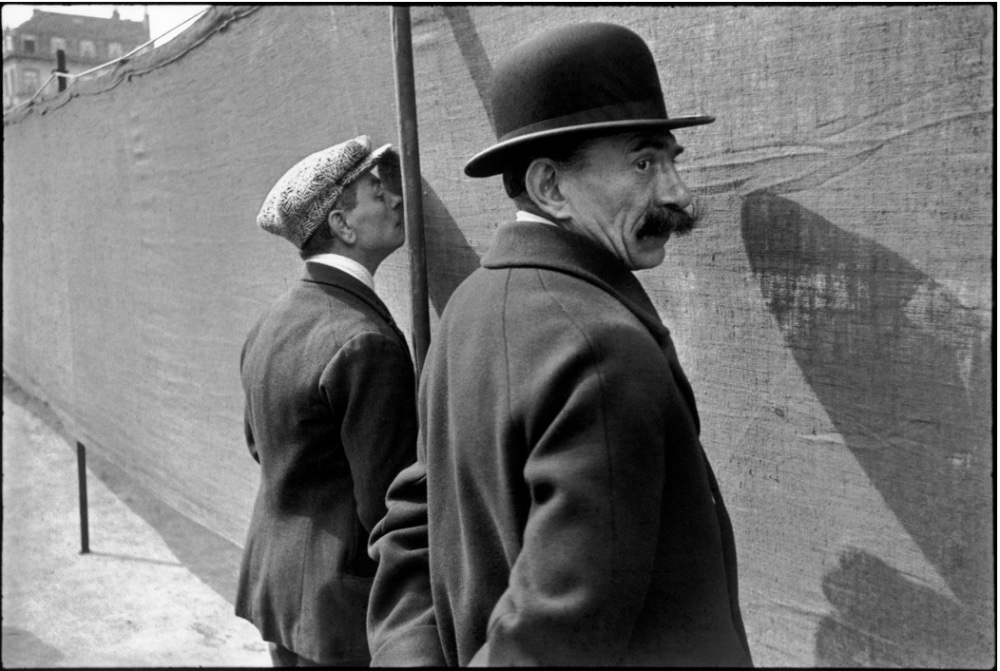
Brussels, 1932. The acme of surrealism.
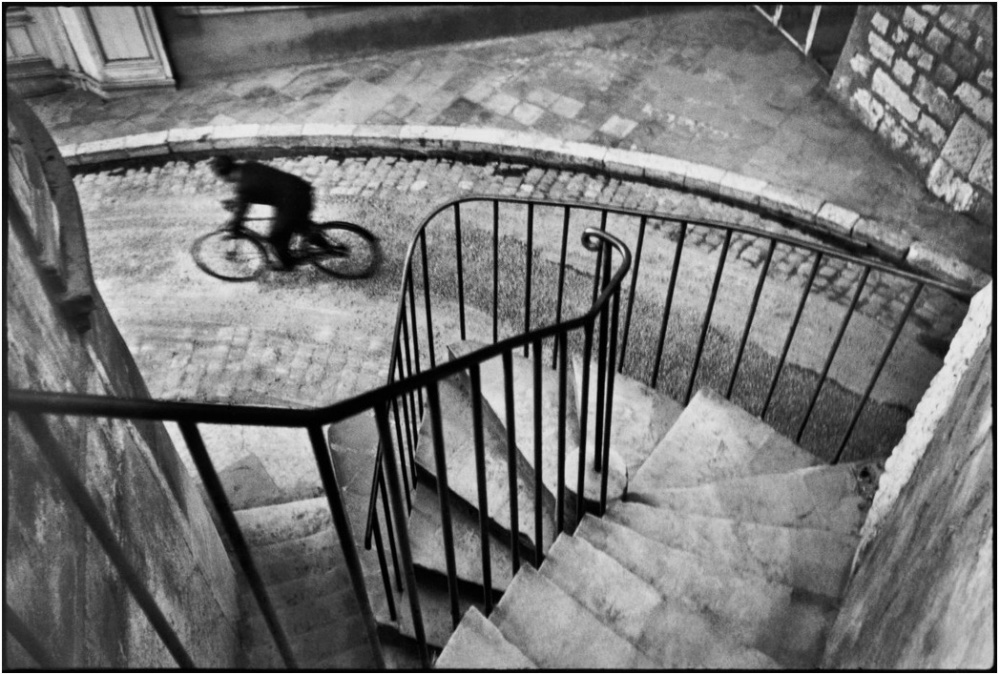
Hyères, France, 1932. The Decisive Moment defined.
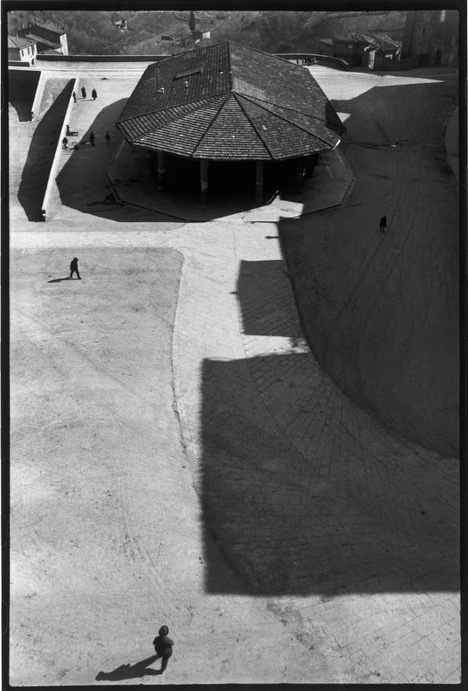
Tuscany, 1933.
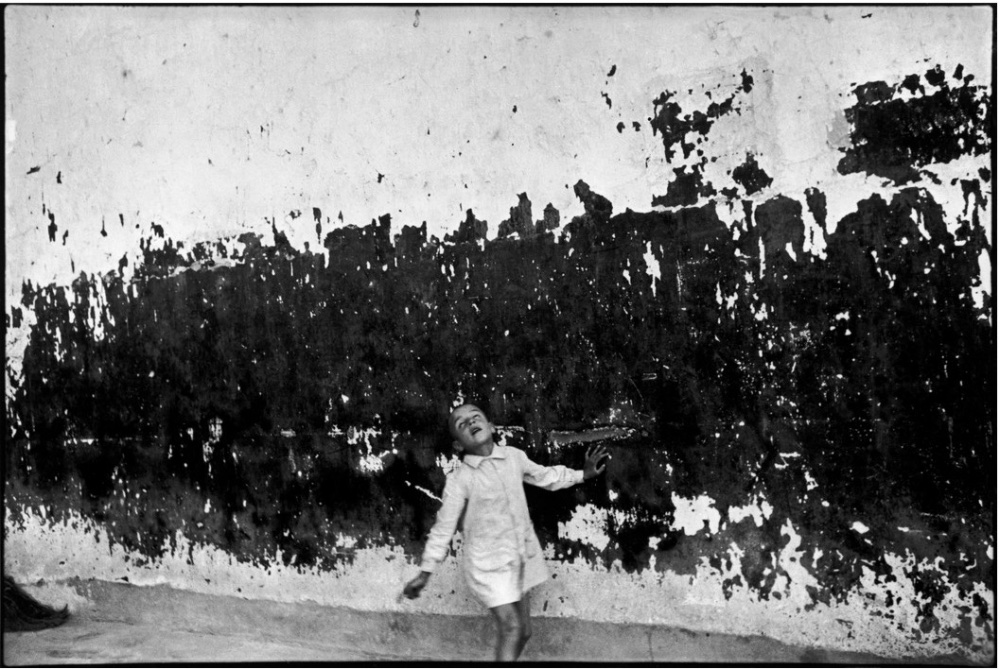
Valencia, 1933.
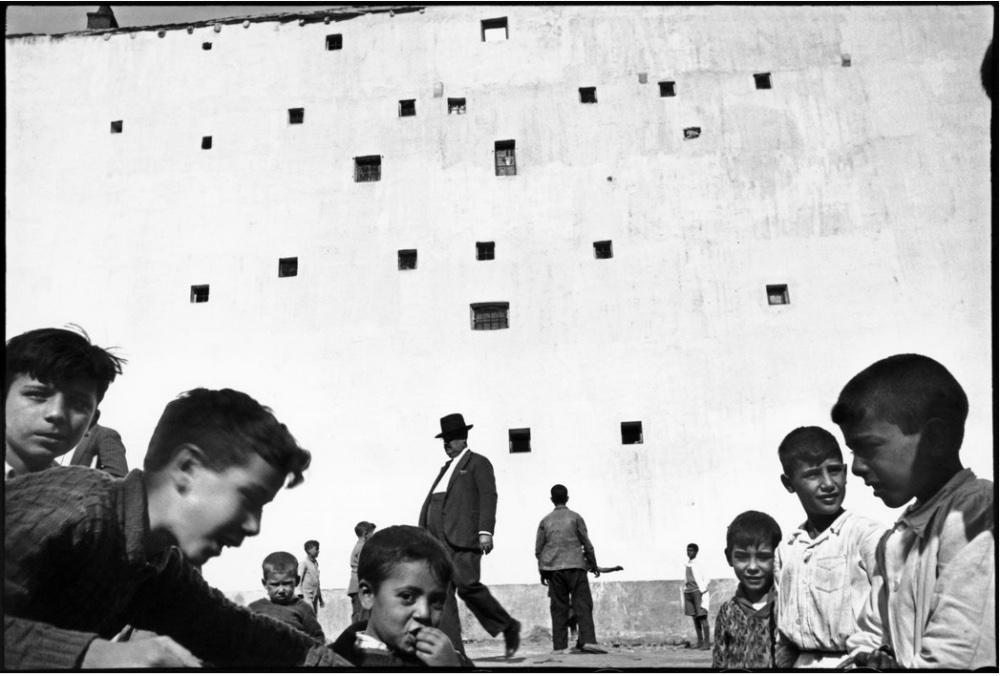
Madrid, 1933. An image of unforgettable power.
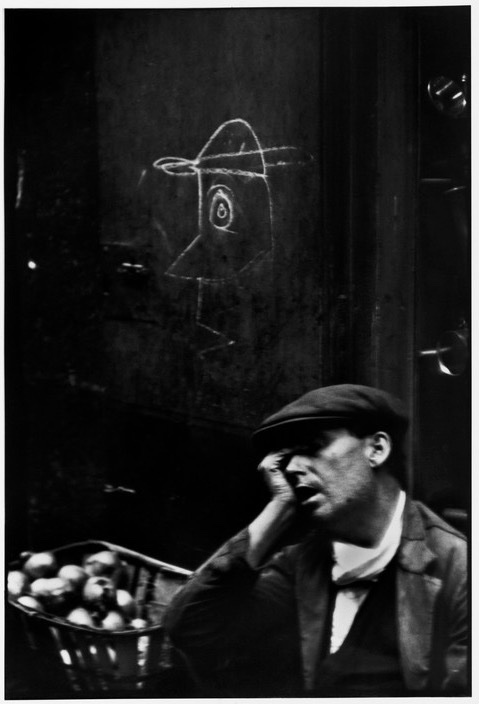
Barcelona, 1933. Rare wit in a man seemingly devoid of humor.
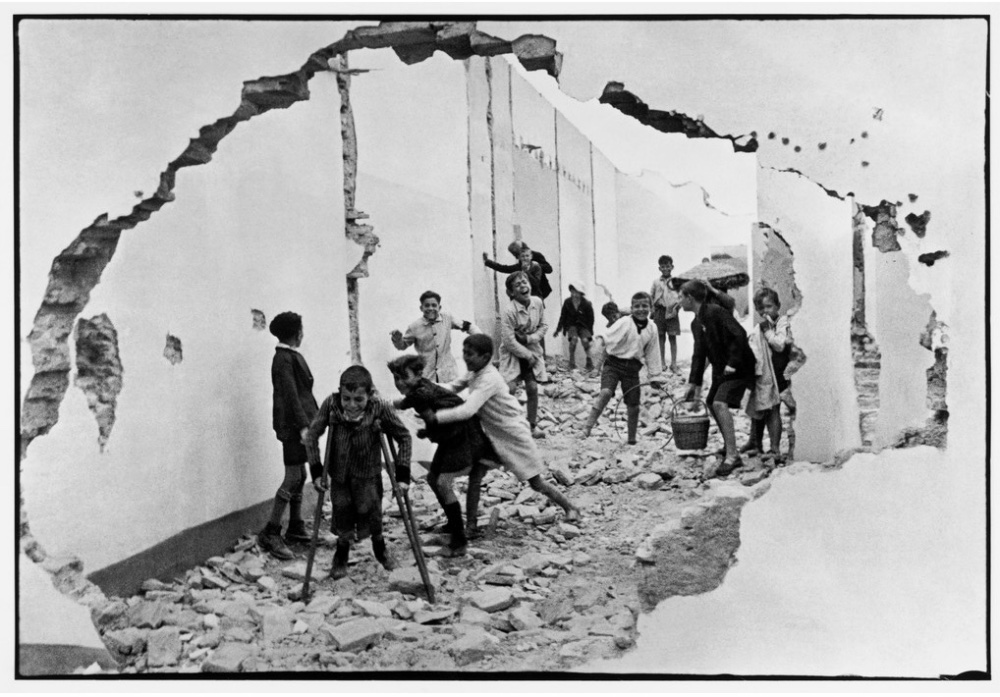
Spain, 1933
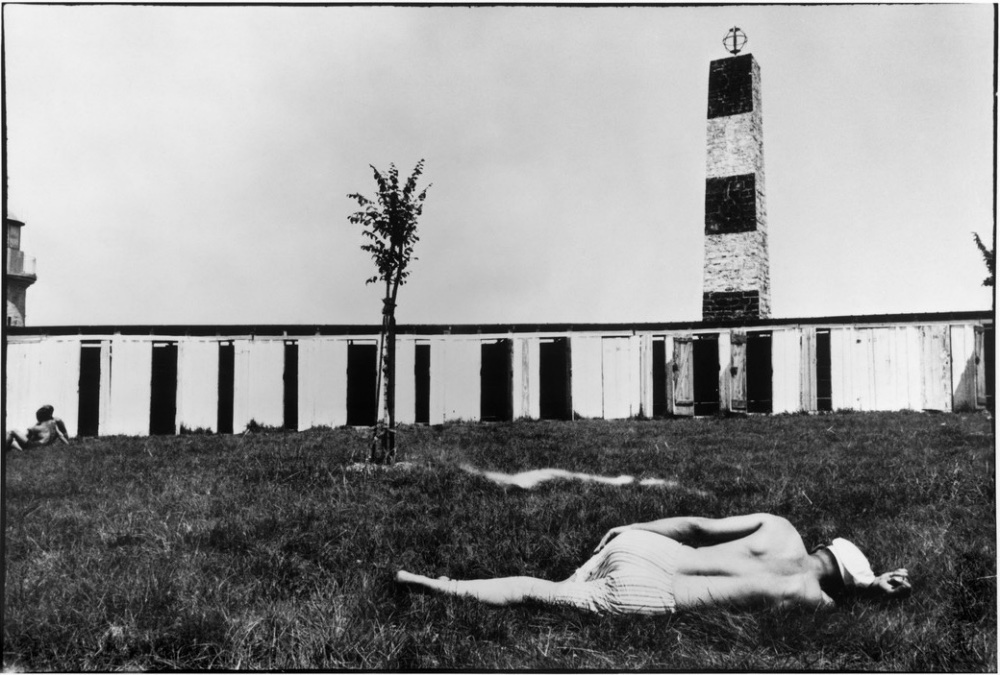
Trieste, 1933. An image which, for me, always fortells Germany’s concentration camps.
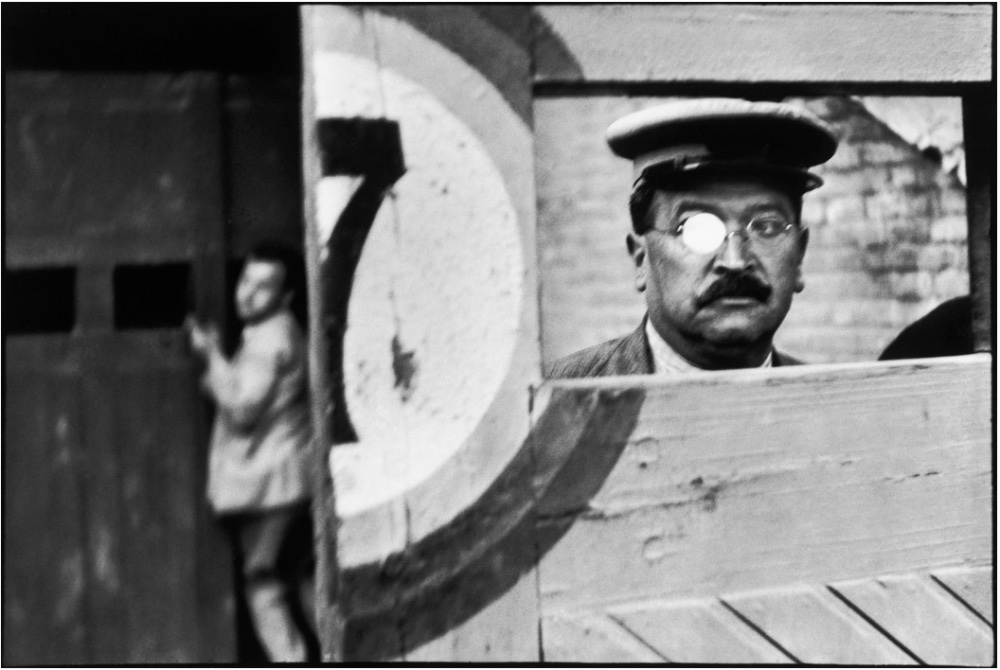
Valencia, 1933. Maybe the greatest cubist/surrealist image ever created on film.
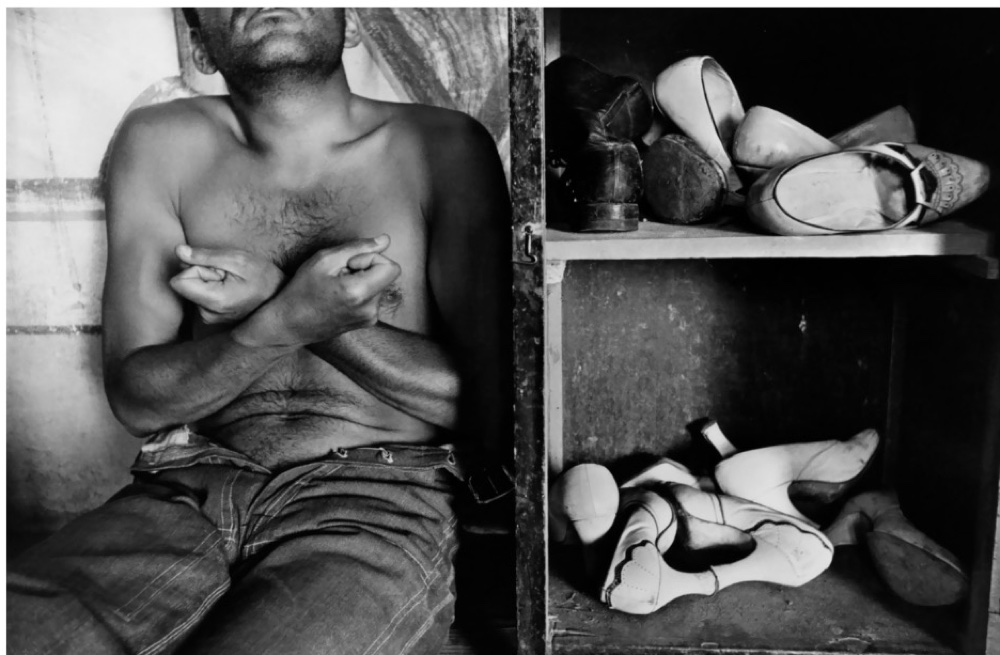
The Shoe Fetishist, Natcho Aguirre, Mexico, 1934. Reportorial and utterly surreal.
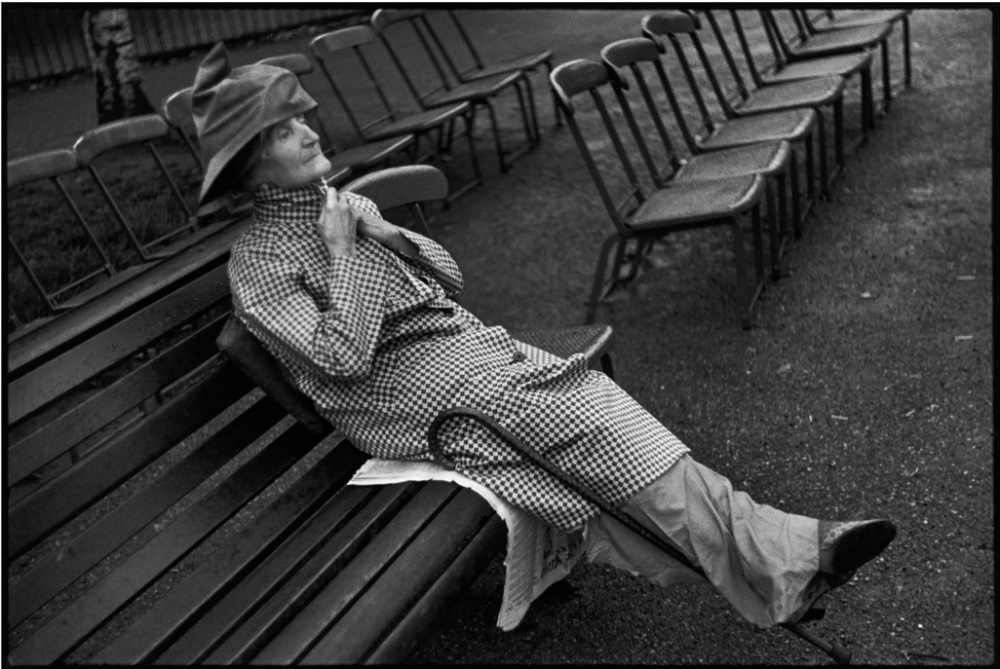
Hyde Park, 1937, as the Gathering Storm beckons.
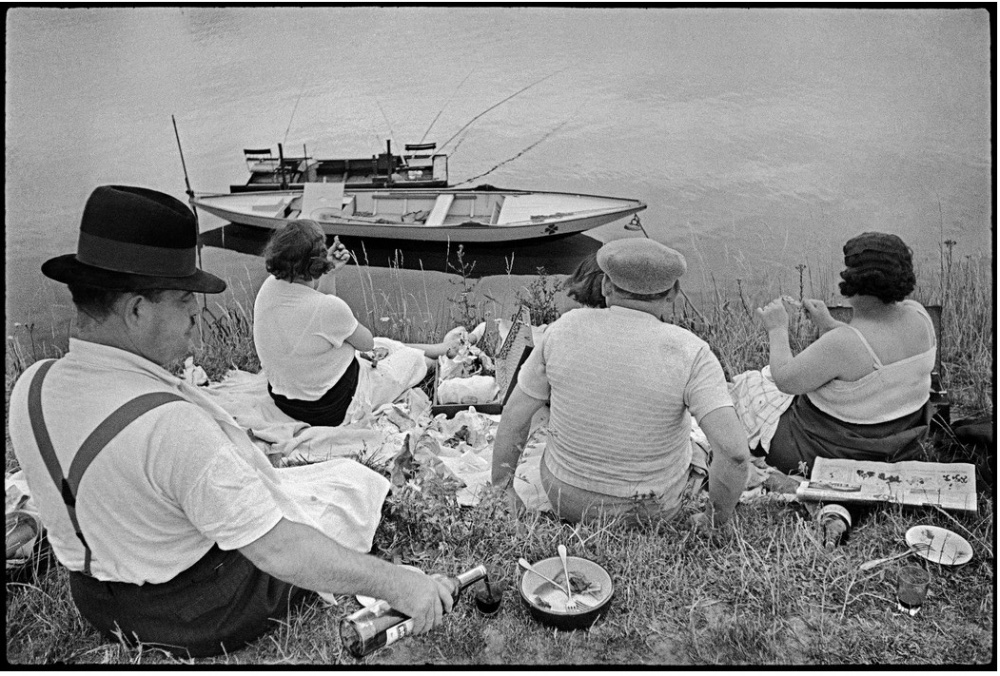
By the Seine, 1938. The image of France that started my photographic odyssey.
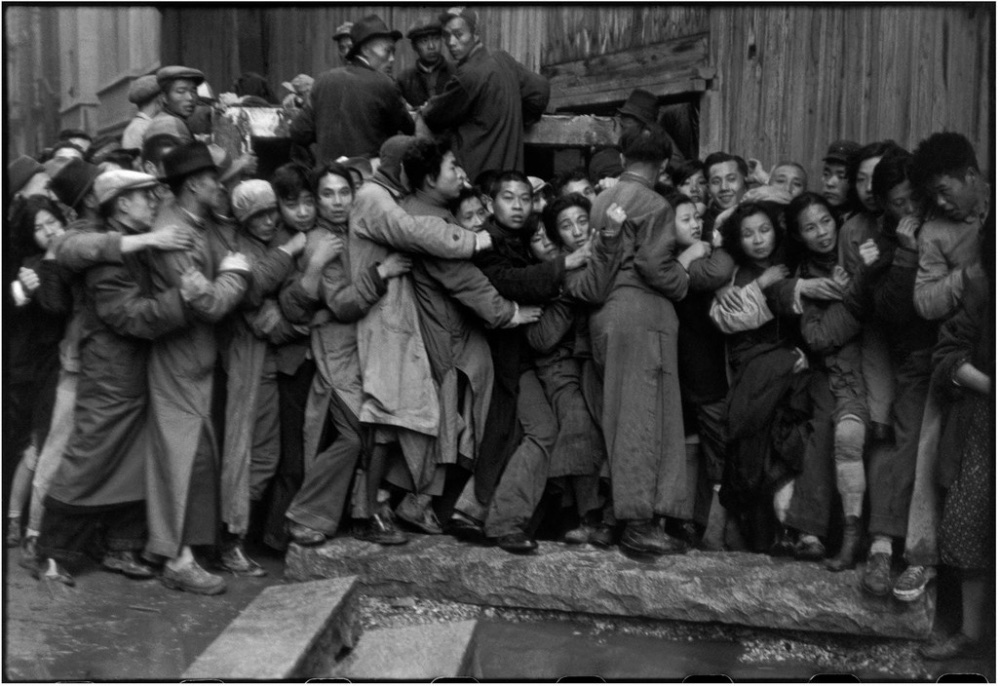
The last days of the Kuomintang, Shanghai, 1948. A rare post war image
that recaptures the dynamism of ‘The Plasterers’, above.
While sparks of his austere pre-war vision were to recur through the remainder of his long life – HC-B died in 2004 aged 96, though he gave up photography in 1975 – the fecundity of the pre-war years was never recaptured. The post-war images trend, for the most part, to the purely reportorial, the pre-war surrealism largely forgotten. Some aver it’s because HC-B was wealthy, the heir to the Bresson thread works which had made his parents rich. He did not have to try hard. I do not subscribe to that belief. He worked like a dog all his life, traveling the globe for the big picture magazines, always at the center of the action. The death of Gandhi? Mao Tse Tung’s overthrow of Chiang Kai Shek? The Paris riots? HC-B was there. Maybe the relative ‘prettiness’ of the images demanded by Life and the like diluted his vision? But if you want to see that vision in full flower, look no further than his images of the 1930s.
Perhaps the worst advice HC-B ever got was from fellow Magnum snapper Robert Capa:
I’m not interested in documenting. Documenting is extremely dull and I’m a very bad reporter. When I had an exhibit at the Museum of Modern Art in 1946, my friend, Robert Capa, told me, “Henri, be very careful. You must not have a label of a surrealist photographer. If you do, you won’t have an assignment and you’ll be like a hothouse plant. Do whatever you like, but the label should be ‘photojournalist’ “.
He should have stuck to surrealism.
